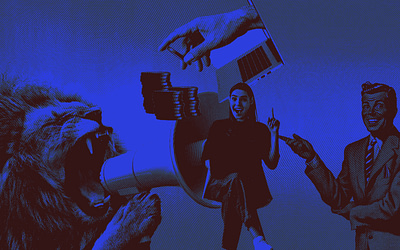1. Focus only on the essentials
At first, it seems that everything is going well in its proper measure, nothing is lacking or nothing is leftover, but reaching a balance in content of any kind on a website is a task that needs a little more effort. It is difficult to be objective and prioritize what is really important when everything seems essential. If you want the design of your web page to comply with the rule of simplicity, you must be very clear about its objective; This is just like any piece of art, it means concentrating on the essentials.
2. Reduce the number of pages
Having a simple design boils down to having fewer places to explore and fewer clicks. It can be achieved by getting rid of unnecessary pages, or also perhaps by merging those that have similar functions. No need to separate pages and pages; compact would be the most appropriate term in this regard.
To achieve an optimal result at this point, it is always important to be in the mind of the visitor and make sure that the page provides the essentials and nothing else.
3. Put the important thing above the fold
Studies have shown that most of those who surf the Internet, spend most of the time above the fold of the page, (so it appears on the screen without scrolling down). Increase the effectiveness of your website, which goes by keeping the main content above the fold. You can also improve this feature with something as simple as shortening the height of the header if it has a logo and a navigation menu at the top.
It goes without saying that the calls to action (CTA) that the site has should generally be found in this area of the screen, on the fold, remember that within the simplification, the navigation as well as the design, must be focused on facilitating interaction with the visitor.
4. Limit your color palette
It is very easy to get carried away by colors. Why limit yourself to 2 or 3 colors? When we talk about simplifying the design of the website visually, it is necessary to also limit the colors that will be used, although this is determined by the design, it is recommended not to use more than 3 colors, which means that tones of the same cannot be used color in a darker or lighter texture as appropriate.
Yes, the colors are distracting. And if they are abused, the visitor’s eyes will linger on useless details that will take them away from the main purpose of their visit.
When you are going through everything to finish, ask yourself what else you have to remove instead of what else you have to add, and you will be making an essentially correct, simple, and clean design.






